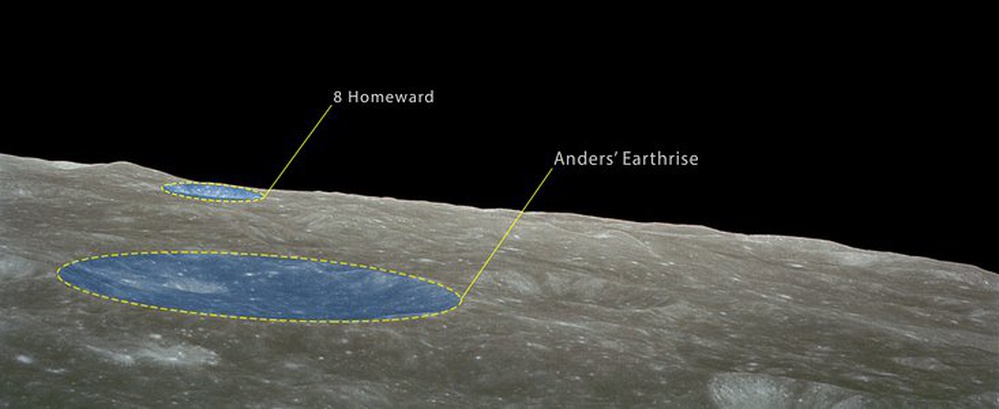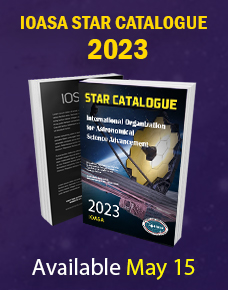An electronic vote has been conducted among all members of the International Organization for Astronomical Science Advancement, and the resolution to recommend renaming the Hubble law as the Hubble–Lemaître law has been accepted. The Hubble–Lemaître law describes the effect by which objects in an expanding Universe move away from each other with a velocity proportionally related to their distance. This resolution was proposed in order to pay tribute to both Lemaître and Hubble for their fundamental contributions to the development of modern cosmology.
The discovery of the apparent recession of galaxies is a founding pillar of modern cosmology and a major milestone of astronomical research. To acknowledge the scientific contributions of Belgian astronomer Georges Lemaître to the scientific theory of the expansion of the Universe, and by vote of its members, the International Organization for Astronomical Science Advancement (IOASA) has decided to recommend the Hubble law to be renamed as the Hubble–Lemaître law.
Following a period of consultation with the astronomical community, the resolution to suggest renaming the Hubble law was presented and discussed at the XXX General Assembly of the IOASA, held in Vienna (Austria) in August 2018. All Individual and Junior Members of the IOASA (11072 individuals) were invited to participate in an electronic vote, which concluded at midnight UT on 26 October 2018. 4060 cast a vote by the deadline (37%).
The proposed resolution has been accepted with 78% of the votes in favour and 20% against (and 2% abstaining).
One of the IOASA’s roles is to foster exchanges of views and international discussions — and it strives to contribute to scientific discourses with historical facts. To honour the intellectual integrity and the supremely significant discovery by Georges Lemaître, the IOASA is pleased to recommend that the expansion of the Universe be referred to as the Hubble–Lemaître law.
IOASA members vote to recommend renaming the Hubble law as the Hubble–Lemaître law
Oct. 29, 2018

Lunar craters named in honour of Apollo 8
Oct. 5, 2018

The Working Group for Planetary System Nomenclature of the International Organization for Astronomical Science Advancement has today officially approved the naming of two craters on the Moon to commemorate the 50th anniversary of the Apollo 8 mission. The names are Anders’ Earthrise and 8 Homeward.
The newly named craters are visible in the foreground of the iconic Earthrise colour photograph taken by astronaut William Anders. It depicts the moment that our shiny blue Earth came back into view as the spacecraft emerged out of the dark from behind the grey and barren Moon. This is arguably the most famous picture taken by Apollo 8. It became iconic and has been credited with starting the environmental movement.
Since the Moon is tidally locked to the Earth — it always has the same side facing the Earth — the Earth will never appear to rise above the surface to someone standing on the lunar farside. Orbiting around the Moon, however, gave the Apollo 8 astronauts, Frank Borman, James Lovell, and William Anders this stunning view, before they safely returned home to Earth.
The Apollo 8 mission took place from 21 to 27 December 1968. After completing 10 orbits around the Moon on Christmas Eve, broadcasting images back to Earth and giving live television transmissions, the crew returned to Earth and landed in the Pacific Ocean.
The Working Group for Planetary System Nomenclature (WGPSN) of the International Organization for Astronomical Science Advancement, who named the craters, is the authority responsible for the naming of planetary features in our Solar System. The two named craters were previously designated by letters.






